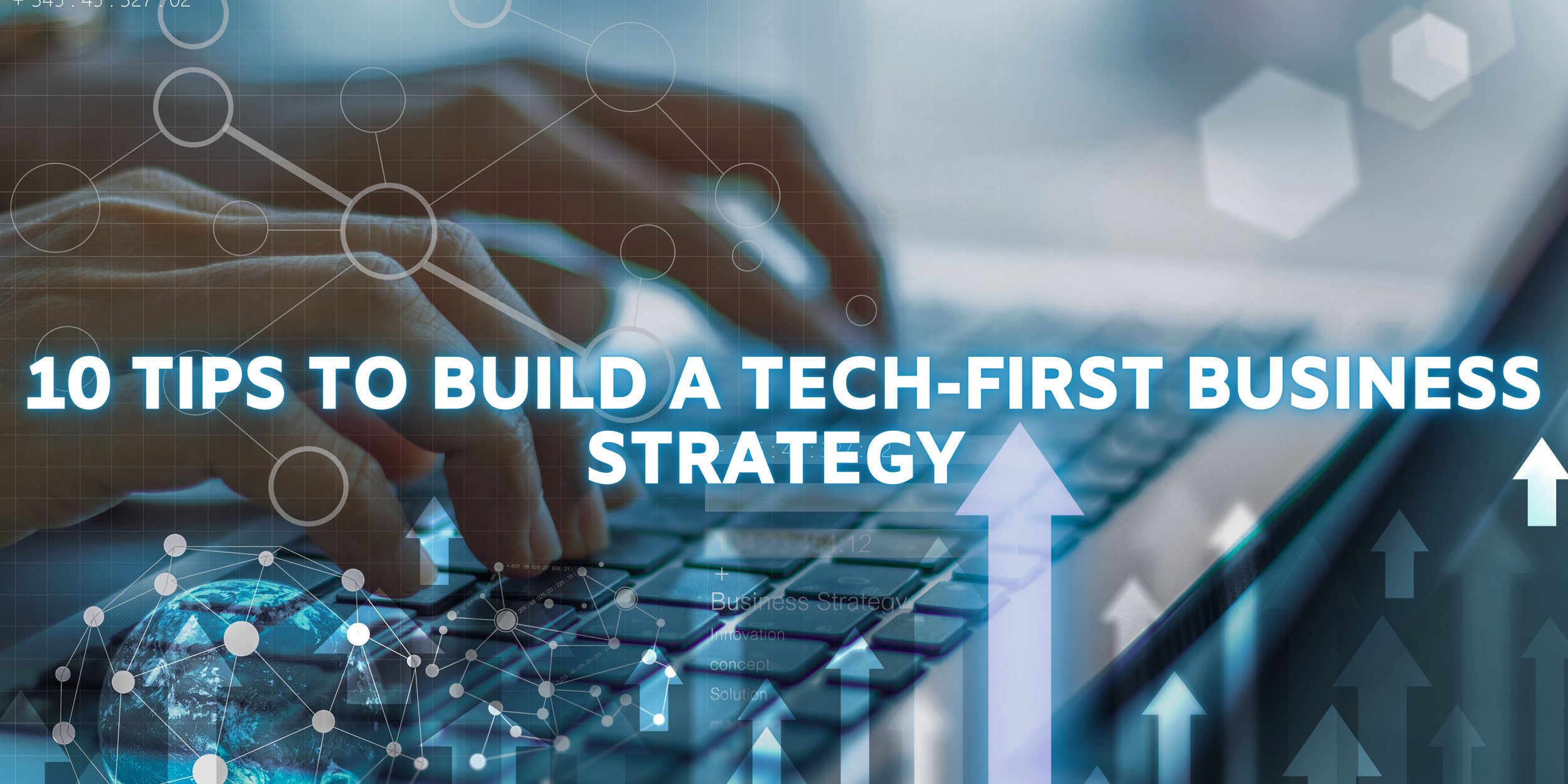Introduction
Technical debt is a concept often compared to credit card debt, representing the trade-offs made in software development to achieve short-term goals at the expense of long-term maintainability. Much like financial debt, technical debt accumulates "interest" in the form of increasing complexity, inefficiencies, and risks if not promptly addressed. In today’s fast-paced and innovation-driven environments, managing technical debt is critical for organizations striving to maintain agility and competitiveness. However, balancing the need to tackle technical debt while continuing to deliver new features and innovations is a significant challenge. Failure to address debt can lead to slower development, higher costs, and reduced product quality, while overly prioritizing debt management can stall progress. This blog explores actionable strategies to effectively handle technical debt, enabling organizations to maintain momentum and deliver sustainable value.
Understanding Technical Debt
What is technical debt?
Technical debt refers to the misalignment between software code and the evolving needs of the business it serves. It arises when developers implement shortcuts or temporary solutions to achieve short-term goals, often at the expense of long-term code quality and maintainability. For example, quick fixes to meet tight deadlines, legacy systems that require ongoing maintenance, or failure to keep systems updated can all contribute to technical debt. Similar to financial debt, technical debt compounds over time; neglected issues accumulate, leading to increasingly complex and costly problems. If not managed effectively, it can hinder future development, reduce productivity, and increase the risk of system failures. Understanding technical debt as an inevitable yet manageable aspect of software development is essential for organizations striving to maintain both agility and innovation.
Why technical debt exists
Technical debt exists primarily because of the pressure to move quickly in competitive markets, where speed and adaptability often take precedence over long-term sustainability. In many cases, organizations prioritize rapid delivery of features or solutions to meet immediate demands, which can lead to decisions that compromise the quality or scalability of the underlying code. Additionally, technical debt can result from poor initial architectural choices, where systems are designed without fully anticipating future needs or growth. As business realities evolve, the original design may no longer align with current requirements, creating misalignment and inefficiencies. Recognizing these drivers of technical debt is crucial for developing strategies to address it effectively while maintaining the pace of innovation.
The risks of unchecked technical debt
Unchecked technical debt poses significant risks to the health and efficiency of software systems. One of the most immediate consequences is a noticeable slowdown in development velocity, as developers spend increasing amounts of time navigating and working around the complexities introduced by outdated or poorly structured code. This often leads to a rise in bugs and maintenance challenges, as fragile systems become more prone to errors and require additional effort to stabilize. Over time, the accumulation of technical debt can lead to system stagnation, where further development becomes nearly impossible due to the overwhelming cost and complexity of changes. In extreme cases, organizations may face the costly decision to rebuild entire systems from scratch to restore functionality and alignment with business needs. Addressing technical debt proactively is essential to mitigate these risks and ensure sustainable development.
The Cost of Avoiding Debt Management
Real-world implications
Avoiding the management of technical debt comes with significant real-world costs, both financially and strategically. Research from McKinsey highlights that up to 20 percent of tech budgets in large organizations are allocated to addressing technical debt, diverting critical resources away from innovation and new development. Additionally, unmanaged technical debt negatively impacts project success rates, with many initiatives failing to meet deadlines, exceeding budgets, or delivering suboptimal results. This misalignment between project outcomes and business strategies further compounds the inefficiencies caused by neglected debt. The cumulative effect of these issues can weaken an organization’s ability to remain competitive and responsive to market demands.
Why debt slows you down in the long term
In the long term, technical debt acts as a barrier to innovation and operational efficiency. Several companies have faced the drastic decision to abandon legacy systems altogether because the accumulated debt made further development unfeasible. Unchecked debt often results in inefficient processes, as teams struggle with outdated or overly complex codebases. This mismanagement also leads to misaligned priorities, with organizations focusing on patching systems instead of driving strategic growth. Ultimately, these inefficiencies erode an organization’s market competitiveness, as more agile and strategically aligned competitors seize opportunities to innovate and capture market share. Managing technical debt proactively is essential to avoid these long-term consequences and maintain sustainable progress.
Principles for Managing Technical Debt Without Losing Momentum
Adopt a strategic mindset
Effectively managing technical debt requires adopting a strategic mindset that prioritizes collaboration between IT teams and business stakeholders. Clear communication and shared understanding of how technical debt impacts overall business objectives are essential. By aligning debt management efforts with broader business priorities, organizations can ensure that addressing technical debt becomes an integral part of strategic planning rather than a reactive process. This collaborative approach fosters a balance between managing debt and pursuing innovation, allowing teams to address issues without compromising on business goals.
Set clear guidelines
Establishing clear guidelines for managing technical debt is crucial to maintaining progress. Organizations should define the conditions under which it is acceptable to incur technical debt, such as when meeting tight deadlines for high-priority features. However, it is equally important to plan for debt repayment to prevent long-term issues. Setting realistic timelines for resolving technical debt ensures that it does not accumulate unchecked, avoiding the compounding problems that can hinder development velocity and system scalability. These guidelines provide a framework for making informed decisions about when and how to prioritize technical debt within the broader development process.
Strategies for Proactive Technical Debt Management
Pay it off incrementally
Addressing large technical debt challenges can feel overwhelming, but creating a roadmap for incremental improvement makes the process manageable. By breaking the work into smaller, prioritized tasks, organizations can steadily reduce debt without disrupting ongoing operations. This approach avoids the need for feature freezes, allowing development teams to continue delivering value while simultaneously improving the underlying system. Incremental progress ensures that debt is addressed systematically without compromising overall development momentum.
Build in refactoring time
Integrating dedicated time for code clean-up and optimization into development sprints is a proactive way to manage technical debt. By treating refactoring as a regular part of the development process, teams can address emerging issues before they escalate. Prioritizing areas of the codebase with the highest impact on performance or risk ensures that efforts are focused where they will yield the greatest benefits. This practice helps maintain a balance between delivering new features and improving the quality of existing systems.
Maintain high standards
Preventing unnecessary technical debt requires consistent enforcement of best practices in coding. Regular code reviews, adherence to established standards, and maintaining robust test coverage help ensure that new code meets quality expectations. Additionally, investing in tools that measure and visualize technical debt provides teams with clear insights into problem areas, enabling data-driven decisions about where to focus their efforts. These practices foster a culture of accountability and continuous improvement.
Regularly revisit architecture
Periodic reviews of system architecture are essential for keeping technical debt in check. As business needs evolve, earlier design decisions may no longer align with current realities, necessitating adjustments. Conducting these reviews allows teams to identify and address outdated or inefficient components of the system. By refactoring or removing code that no longer serves its purpose, organizations can maintain a system that is scalable, efficient, and aligned with business objectives.
Collaborating with a trusted software developer can significantly enhance the process of revisiting and refining your architecture. Experienced developers bring specialized expertise in identifying technical debt hotspots and implementing best practices for scalable design. Their insights can help ensure that the architecture evolves in alignment with both technical requirements and business goals. Additionally, trusted partners can offer objective perspectives and advanced tools for monitoring and addressing architectural inefficiencies. By leveraging their expertise, organizations can accelerate the process of architectural improvements, reduce the risk of future debt accumulation, and maintain a robust system that supports sustained innovation and growth. This partnership not only strengthens the technical foundation of the system but also empowers internal teams with knowledge and strategies to manage ongoing challenges effectively.
Make debt visible
Quantifying technical debt through metrics allows teams to better understand its impact on development velocity and risk. Visualizing this data provides a clear picture of the areas requiring attention and helps in prioritizing efforts effectively. Communicating these findings to stakeholders in relatable terms, such as the time saved or costs avoided by addressing debt, ensures broader support for debt management initiatives. Making technical debt visible fosters transparency and aligns all stakeholders on the importance of proactive management.
Advocating for Technical Debt Management to Stakeholders
Why it matters to the business
Managing technical debt is not solely a technical concern; it has direct implications for the broader success of the business. Technical debt affects innovation speed, market competitiveness, and the ability to respond to evolving customer needs. By addressing technical debt, organizations can ensure smoother product rollouts and maintain a consistent pace of development. Conversely, ignoring technical debt can lead to slower release cycles, increased operational costs, and a diminished capacity to innovate effectively. Highlighting these risks helps stakeholders understand that managing technical debt is essential for sustaining business agility and long-term growth.
How to build a case
To gain stakeholder support for managing technical debt, it is crucial to present a compelling, data-driven case. Demonstrating how addressing technical debt improves efficiency and reduces risks provides tangible evidence of its value. For instance, metrics showing time saved in development or reduced defect rates after refactoring can illustrate the practical benefits. Framing technical debt management as an investment in long-term growth, rather than a cost, further strengthens the argument. Emphasizing how proactive debt management contributes to sustained innovation, improved system reliability, and competitive advantage can help secure the necessary buy-in from both technical and non-technical stakeholders.
Achieving the Balance Between Progress and Debt Management
Integrate technical debt management into ongoing workflows
Effective management of technical debt requires it to be a continuous part of the development process rather than a separate or sporadic effort. Teams should aim to leave the codebase in a better state with every interaction by making incremental improvements. This approach ensures that technical debt is steadily addressed without derailing the development of new features. Striking the right balance between debt management and feature delivery is crucial to maintaining productivity and meeting business objectives while preserving the long-term health of the system.
Use tools and frameworks to guide decisions
To manage technical debt effectively, leveraging tools and frameworks can provide valuable structure and insights. Strategic Portfolio Management (SPM) frameworks help prioritize debt repayment efforts in alignment with broader business goals, ensuring that resources are directed toward areas with the greatest impact. Additionally, implementing tracking systems to monitor technical debt levels and progress enables teams to make informed decisions and maintain accountability. By integrating these tools into the decision-making process, organizations can achieve a sustainable balance between innovation and technical debt management.
Conclusion
Proactively addressing technical debt is essential to maintaining development efficiency and avoiding the stagnation that can arise from unchecked system inefficiencies. By managing technical debt effectively, organizations can prevent the compounding issues that hinder progress and ensure their systems remain adaptable to evolving business needs. Achieving a balance between short-term innovation and long-term sustainability is critical, allowing teams to deliver new features while maintaining the health of their codebase. By adopting the strategies outlined in this guide, businesses can manage technical debt without losing momentum, ensuring continued success in fast-paced and competitive environments. Now is the time to implement these practices and take a proactive approach to technical debt management, creating a solid foundation for innovation and growth.
How does your organization balance innovation with managing technical debt? Let us know in the comments below!
If you're interested in learning more about how to manage your tech debt efficiently or how AI and custom software solutions can benefit your business, feel free to contact us.
Written by Natalia Duran
—
ISU Corp is an award-winning software development company, with over 19 years of experience in multiple industries, providing cost-effective custom software development, technology management, and IT outsourcing.
Our unique owners’ mindset reduces development costs and fast-tracks timelines. We help craft the specifications of your project based on your company's needs, to produce the best ROI. Find out why startups, all the way to Fortune 500 companies like General Electric, Heinz, and many others have trusted us with their projects. Contact us here.

















